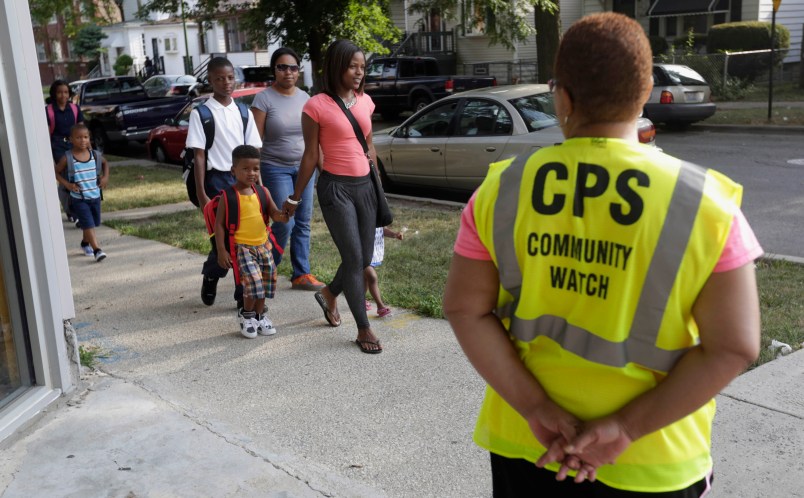“Blood in, blood out,” is the old, stereotypical street gang saying. Joining a gang is supposed to require an intense initiation, perhaps involving the commission of a crime to prove one’s loyalty. Leaving a gang is thought to be rare and risky – potentially even fatal. But these conceptions of gang membership are very outdated, if they were ever true to begin with.
As a criminologist, I learned these facts by interviewing former participants in various Blood, Crip, Folk, People, and Sureno gangs in San Antonio, Texas. Participants explained that gang initiations are not always required, and people often depart from gangs with no dire consequences.
In a stereotypical gang, members know exactly who is in their gang and who is not. But in my interviews, gang participants said that individual reputations were more important than membership labels. Who was “in” and “out” seemed to depend on who was actually present during an important event.
Stereotypical gangs also have intense initiations. But gang members told me that many people who were considered gang members did not have to submit to any sort of violent or a criminal initiation at all. With approval from well-respected members, new people could get “blessed in,” no initiation required.
Gang membership is not what it used to be. Members I interviewed were not sure exactly who was in their own gang or how many people were members, instead, they were mainly focused on their own close-knit subgroup of four or five people.
Switching from gang to another, or quitting “the life,” unthinkable betrayals in movies, are common today. Switching to an allied group was generally accepted without issue.
Gangs are not lifetime commitments. Dynamics can shift rapidly. When a major tragedy occurs, like the death of a prominent member at the hands of a rival group, entire groups sometimes switch affiliations – for example, Crips turning into Bloods.
Perhaps the best news I learned from my research is that leaving gangs can happen easily. Why do members leave gangs altogether? The young people I spoke to pointed to life events such as the death of a family member or close friend due to gang violence, joining the military, getting sentenced to prison or simply maturing out. The members I interviewed all knew of people who had left gangs without violence or retribution.
“Rush” told me: “It just kinda fizzled out to me…I just kind of blew it off, because someone that meant something to me went to prison and I just wanted to not do that.”
What should youth workers and law enforcement take away from all this? Given fluid membership, it may be harder to figure out who is part of any given gang. A membership list or organizational chart is just a snapshot in time. Officials working to dismantle gangs need to be aware that breaking up one group can spur participants to join others. And, worryingly, as initiation becomes less formal and dangerous, there are few barriers to prevent even non-delinquent youths from joining gangs.
Yet there is also a bright side. The ease with which participants can leave gangs without negative consequences bodes well for all kinds of social interventions. Especially when a crisis happens, many members may be quite willing to consider exiting gangs altogether, moving on to more constructive activities. When tragedies strike gang members and their communities, government and community agencies should swoop in to provide alternatives so that gang members can change their lives. And that will reduce the threats gangs pose to their members and everyone else.
Christian Bolden is a professor of Criminal Justice at Loyola University in New Orleans and a member of the Scholars Strategy Network.






